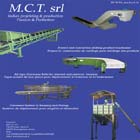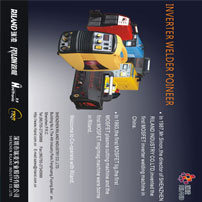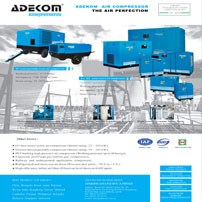

M a r k e t N e w s
How off-grid renewables could power Tanzania's growth
Posted on : Wednesday , 19th July 2017
The East African country of Tanzania faces a serious electrification challenge. Only 2 percent (PDF) of rural households have access to electricity, and most of the rural population relies on expensive, hazardous and low-quality fuels such as kerosene for lighting and charcoal for cooking.
Access to electricity and other modern energy services is fundamental to human well-being and to a country’s social and economic development. In many countries, electrification through off-grid applications has become a cost-effective alternative to conventional grid expansion in remote areas — and this could become a model that propels Tanzania's next phase of economic growth. Already in the country, energy systems based on wind, small hydropower, biomass and solar resources are being used successfully to meet energy demand in isolated villages. By integrating these renewable-powered off-grid systems, rural communities are increasing their access to affordable energy supplies while contributing meaningfully to climate change mitigation.
In 2013, per capita electricity consumption in Tanzania was 89 kilowatt-hours (kWh), one of the lowest rates in the world and only one-quarter of the average electricity use rate in sub-Saharan Africa (itself a region with record-low electrification). Among the main challenges faced by Tanzania’s energy sector are rising demand for rural electrification and the unreliability of electric utilities.
Rising demand for rural electrification
The demand for electricity is expanding rapidly in Tanzania, driven by factors such as population growth, increasing household consumption and booming mining activities.
In 2012, the Ministry of Energy and Minerals estimated that per capita electricity consumption would increase fivefold between 2010 and 2035, to 472 kWh (PDF). Currently, Tanzania’s national electrification rate is 11.5 percent, with a wide discrepancy between urban areas (40 percent) and rural areas (only 2 percent [PDF]). To close the gap, the government has set aggressive electrification targets, aiming to achieve 75 percent electrification by 2035.The vastness of the country coupled with low population density in some regions likely will present barriers to electrification.
The existing transmission line system fails to cover most of western and southern Tanzania, and grid extension would be uneconomical for many difficult-to-reach areas. Still, growing demands for electricity and for electricity access require the government to devise cost-effective electrification plans that could reach the rural population in a short amount of time.
Emerging solution: Off-grid renewables
The World Bank estimates that the cost of grid extension in developing countries ranges (PDF) from $6,340 per kilometer in densely populated regions to as much as $19,070 per kilometer in regions with dispersed populations. The high cost of grid extension in remote areas presents enormous opportunities for off-grid electrification. In most cases, a single renewable technology will be insufficient to reliably meet electricity demand over long periods. To overcome this barrier, off-grid integrated renewable energy systems have been proposed to meet the growing demand from remote areas with locally available renewable energy resources.
The integration of multiple accessible renewable energy sources would enhance the system and provide clean and renewable electricity for rural residents.
Tanzania is a perfect candidate for off-grid integrated renewable energy systems, given the high cost of grid extension to its vast and often sparsely populated rural areas and the risks associated with grid unreliability. Off-grid systems can create a portfolio of highly diversified clean power sources with a wide geographical spread. Fortunately, Tanzania is home to immense and high-quality renewable resources. Aside from large hydropower projects, most of these resources — including solar, wind, small hydropower and biomass — have yet to be harnessed.
Vast potential for a variety of renewables
Solar: Situated in the world’s "solar belt," Tanzania receives abundant sunlight year-round, ranging between 2,800 and 3,500 hours of solar radiation per year and an average radiation of 4–7 kWh per square meter per day. Solar resources are particularly rich in the central region of the country. To make solar photovoltaic (PV) systems a more affordable and more attractive option, the government has removed the value-added tax (VAT) and import tax (PDF) for the main solar components.
Wind: Large areas in Tanzania are known for average wind speeds of 15 to 23 feet per second (PDF). More than 10 percent of the country, an area the size of Malawi, has areas of high wind power potential, and Tanzania’s overall wind potential exceeds that of the entire U.S. state of California in both wind speed and coverage. To date, four companies (PDF) have expressed interest in investing in wind energy in the country, and many regions are being assessed for their wind potential.
Looking forward
In the future, most of the world’s population will live in areas that we refer to today as developing countries. Already, more than one-third of developing countries comprise rural areas that have no access to modern energy services. These remote areas, however, can and should be considered as potential early mover locations to demonstrate the tremendous potential of diverse renewable energy resources to satisfy growing energy needs — as in the case of rural Tanzania.
Source : https://www.greenbiz.com



































